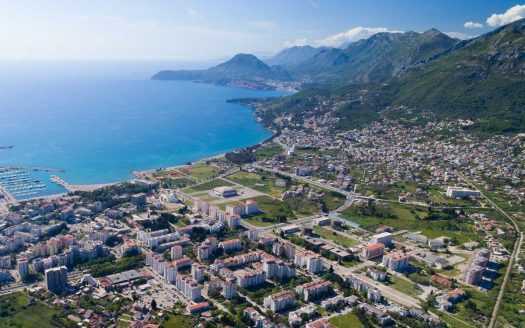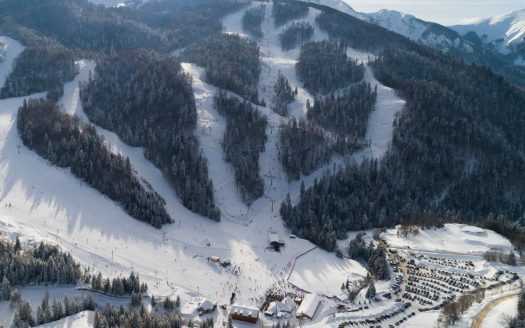Why stay in Podgorica
The capital of Montenegro, Podgorica is not included in the number of tourist destinations – it was completely destroyed during World War II. Is not a beauty, but its citizens know how to bring a nice friendliness to their city.
And we will start the review as it should be – with the wine! Especially since the Plantaže Vineyard is not far from Podgorica Airport.
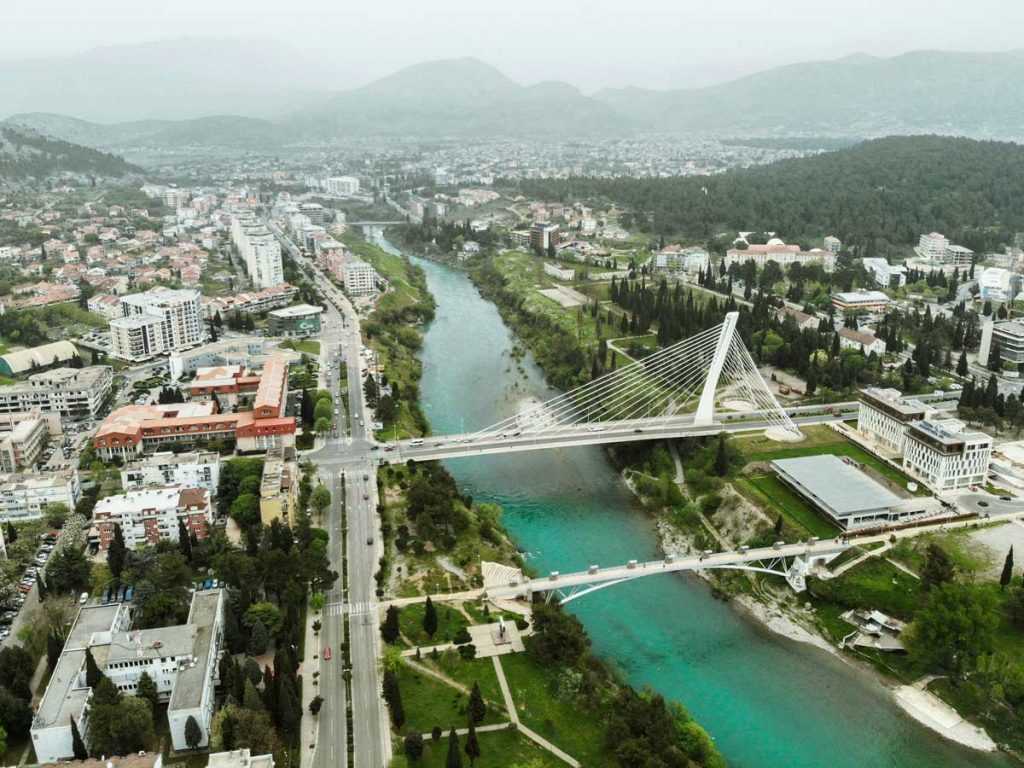
Šipčanik
There are many wineries in Montenegro, but the largest one, Plantaže, is interesting for tourists to visit. It stands out for its production volume of 17 million bottles per year, 2310 hectares of plantations, and the complicated history of the Shipčanik wine cellar.
Among the 28 grape varieties, Krstača and Vranac are the most famous, these are autochthonous grape varieties in Montenegro. Krstača is a very rare top-quality wine, dry and rich in flavor, with fruity aromas and Plantaže is the only winery in the world that produces it. The name “Vranac” means “black horse” – this red wine, which won first place at the London Exhibition in 1907, occupies 70% of the vineyard.
Šipčanik (Sipcanik) cellar – is a former military airbase that was destroyed by NATO bombs in 1999. In 2007, the reconstruction took place inside the 356-meter-long tunnel and the 7000-square-meter basement. Now there are about 30000 bottles of wine and ongoing wine tastings in the cellar. The wine cellar often hosts various events, which is also an amazing opportunity to experience the local culture. In the 200 m tasting room you can taste different wines of the company “13 Jul Plantaže” and have a delicious lunch.
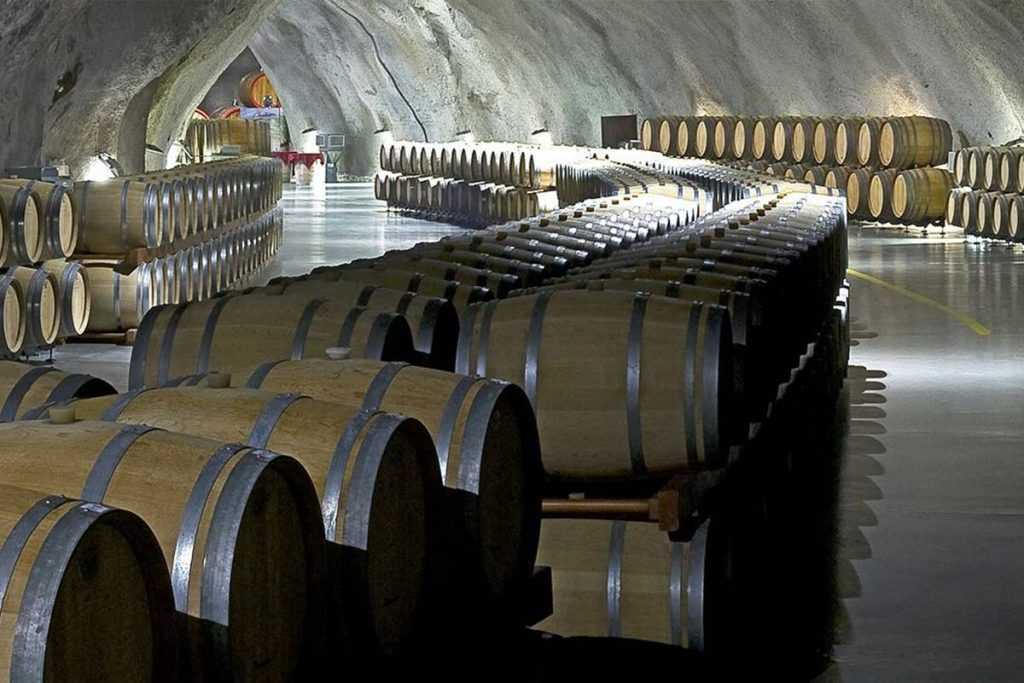
Ribnica Bridge
Old Ribnica River Bridge – is a very disputed structure from 15th-16th century, which some attribute to the Romans and others to the Ottomans. In any case it was reconstructed by Adži-paša in the 18th century. Around this bridge there are many ruins and remains of stone walls. At this days, on these ruins, has been built a stage, where cultural events take place in the evenings. You can spend a lovely evening strolling around these ruins, then walking along the Morača River under beautiful lanterns through the park and finishing with the Gazelle Bridge.
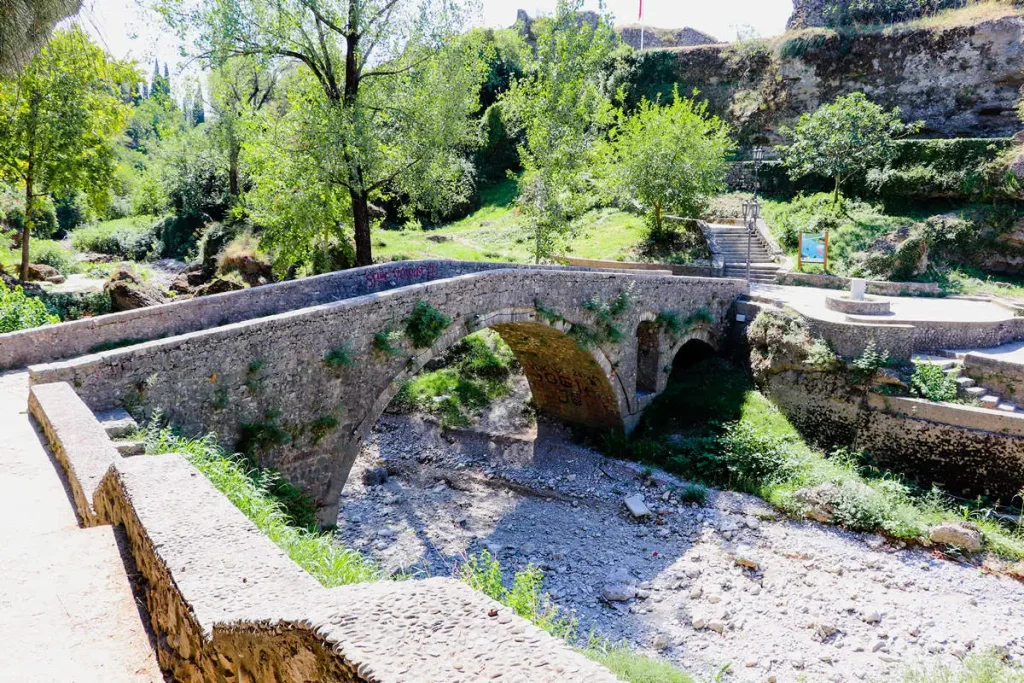
Gorica Hill
Gorica is the hill that the town is named after. It’s also a free park with some incredible numbers of birds and a variety of trees. It’s a kind of oasis in the middle of civilisation, where you can forget about being in the city at all. The great thing about this park is that it doesn’t need any entertainment – you just walk, listen to the birds sing, breathe the cleanest air and that’s enough to get the full enjoyment.
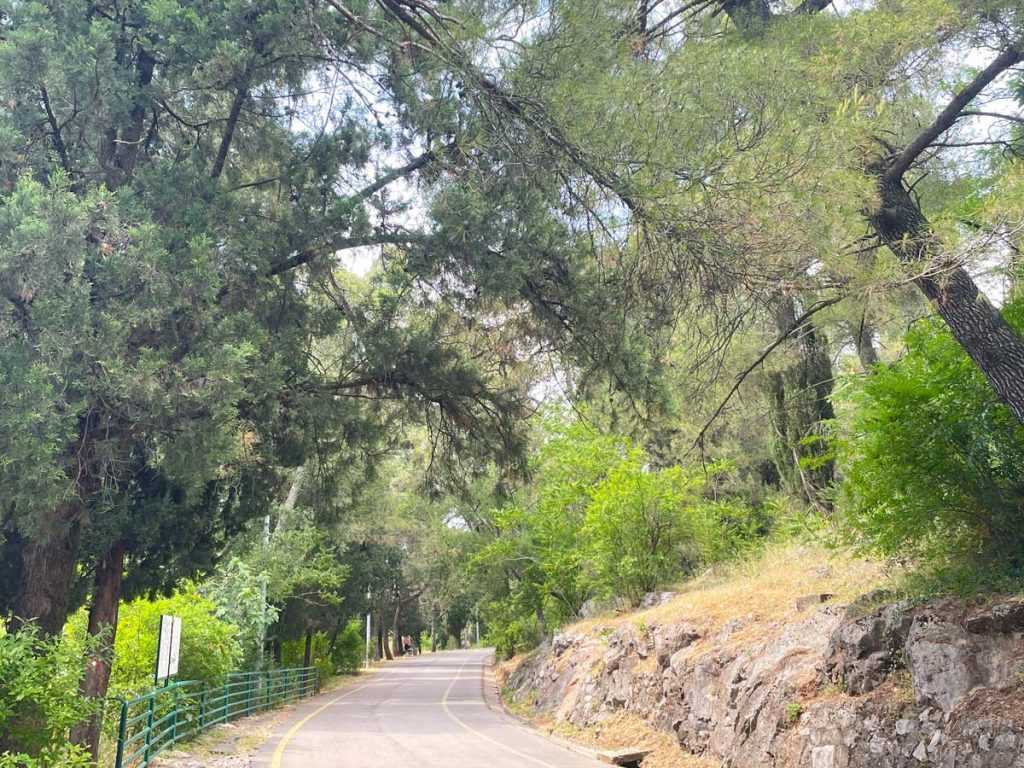
Ostrog Monastery
We couldn’t miss mentioning Montenegro’s most famous shrine. It is not the oldest monastery, but as it is the most famous among pilgrims, it must be for a reason and we believe it is. If you’re an excursionist, there’s no way you’re missing out. Manastir Ostrog (Ostrog Monastery) – is a 17th century monastery of the Serbian Orthodox Church located in Danilovgrad which is 50 km away from Podgorica. Ostrog is the only active Orthodox monastery where not only Christians, but also Muslims and Jews come as pilgrims.
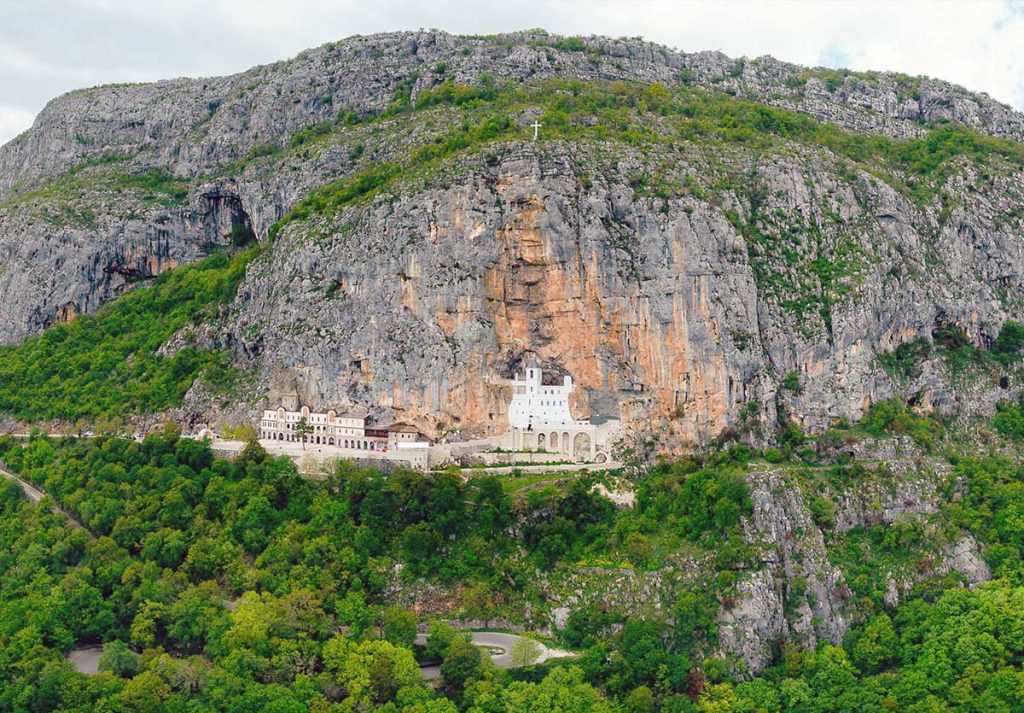
Morača Canyon
This is perhaps the most impressive thing in Podgorica. You just can’t imagine that nature could have created such stunning landfalls over the millennia that Arizona would be jealous of. If you spend a whole day rafting on this river, you won’t regret it once.
You can find any point you like on the map north of Podgorica to see this canyon, just follow the Morača River – one of them is the Platije viewpoint that located 36 km from Podgorica by the roadside. You also make a stop at the Duklja ruins – city of Doclea and is about 2000 years old, but not so interesting.
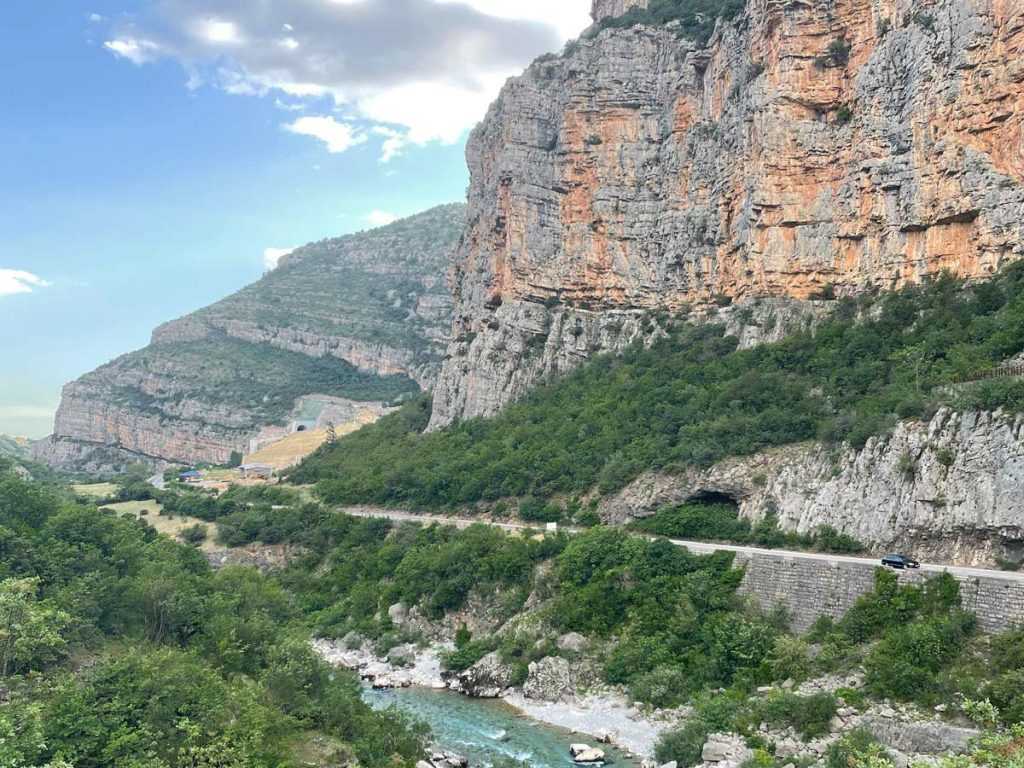
Shkodra Lake
Skadarsko jezero, Lake Scutari, Lake Shkodër and Lake Skadar – are all multi names for Lake Shkodra. The same name is given to the park – Skadar Lake National Park. The largest lake on the Balkan Peninsula, with a surface area ranging from 370 km2 to 530 km2 depending on the season. The largest inflow of fresh drinking water comes from the Morača River, and the Bojana River connects the lake to the Adriatic Sea, and the Drin River provides the connection to Lake Ohrid. In addition, there are several freshwater springs at the bottom of the lake. So, the total catchment area is 5490 km. This is a water that supplies the coastal towns, as well as Podgorica, it comes exactly from the Skadar Lake from the wastewater treatment plant, and it is suitable for drinking from the tap.
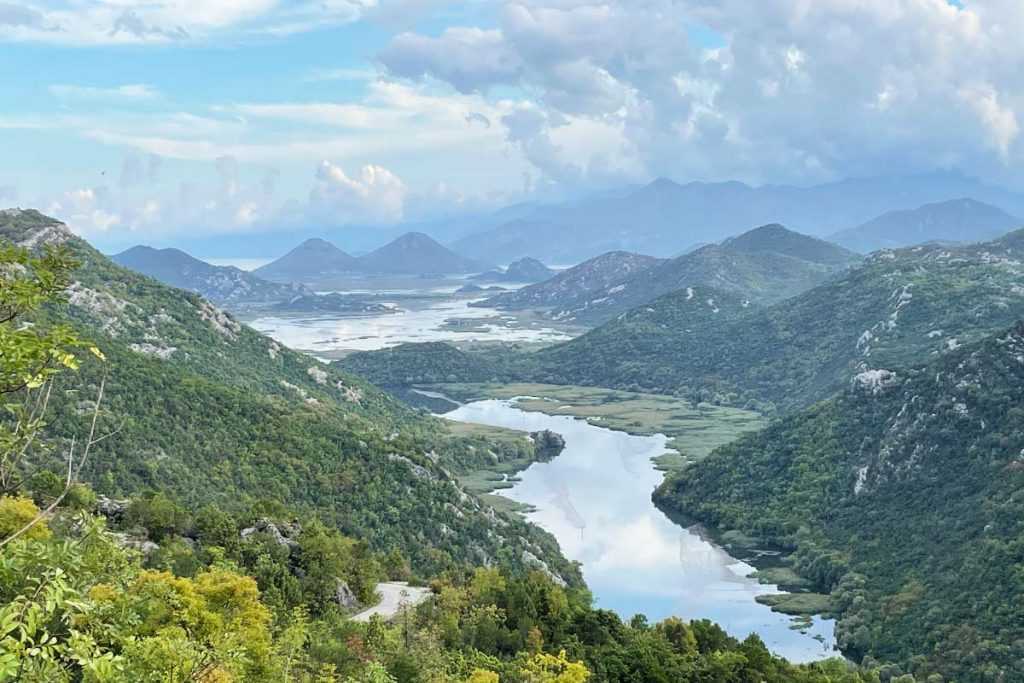
If you do not know where to stay in Podgorica – you can use the search on our site. Select the option “Podgorica” and click on “Search”.





